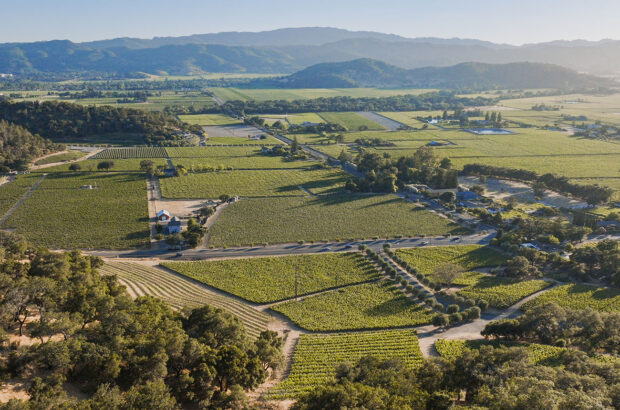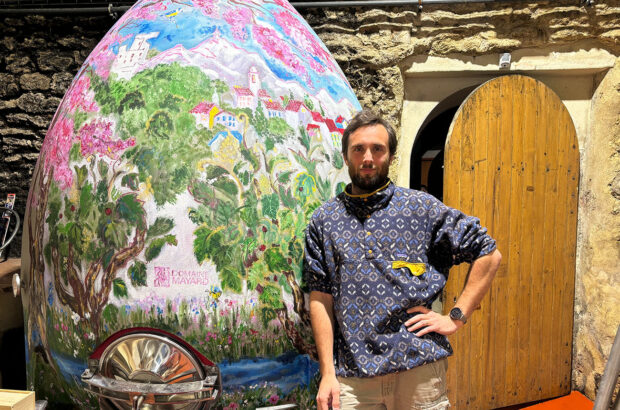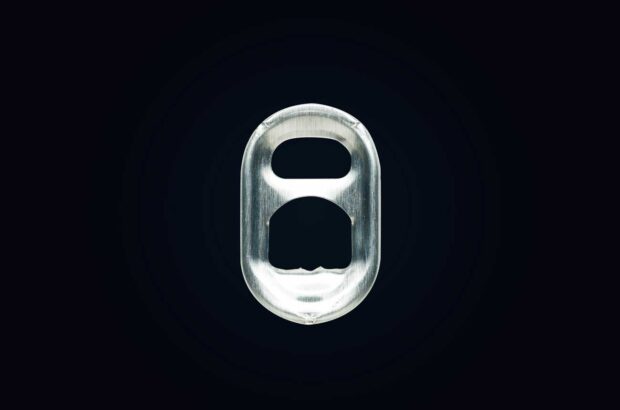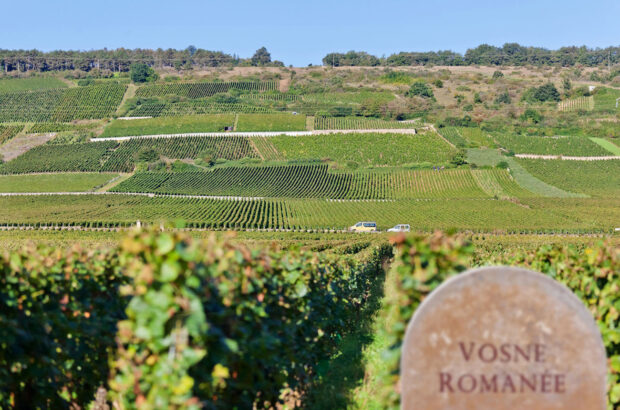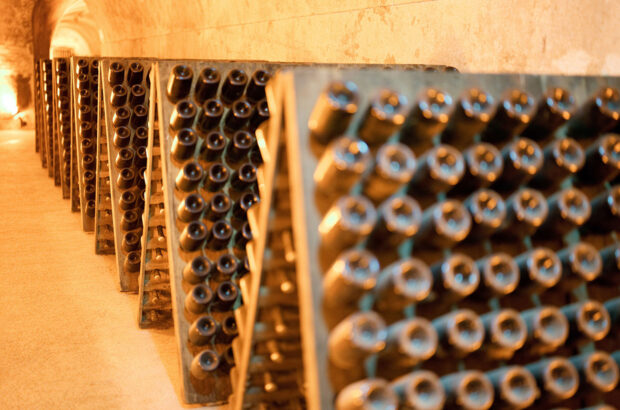Often pilloried, Australian Chardonnay is justifiably crafting a more premium image – and price tag. Quite right too, says Andrew Jefford
Yattarna: ‘extraordinarily accomplished‘
Oddbins, 20 years ago: were you there?
If so, you may remember the wall of yellow. It usually commandeered the far end of the UK’s then favourite wine shop, bringing light and warmth to the interior darkness with a luminosity all of its own. You knew what the bottles were at 20 paces: rock-solid Aussie Chard, 30 or 40 of them, cheap to mid-priced, full on, flesh-stacked, throbbing, oaked to their eyebrows. They made every white Burgundy you’d ever tried seem skinny, mean and thin-lipped. They were fun, easy, gratifying – and constituted one of the monster outboard motors clamped to the Australian wine powerboat, sending it rocketing into export markets around the world. Before long, hapless baby girls in the northern hemisphere’s inner cities were being christened Chardonnay, and the name’s ubiquity convinced a sizeable minority of British consumers that it was, in fact, a region of Australia.
You can have too much of a good thing, though, and we did. The wall of yellow shrank with the years. New Zealand Sauvignon Blanc arrived; the wall turned green. Then Pinot Grigio: no colour at all. Now it’s splashed with pink and the world is a different place. Ambitious Australian Chardonnay is a hard sell. The ghost of yellow lingers on.
All of which is a great shame. After tasting a few thousand Australian wines over the past 18 months, I’ve no doubt that it’s Chardonnay, not Shiraz or Cabernet, which is Australia’s most consistently successful variety. At the highest quality levels, Australian Chardonnay competes effortlessly with the best premier cru whites from Burgundy, and beats them to a pulp for consistency. These are wines of true finesse and restraint in youth, with an ageing trajectory before them which sees them acquire amplitude at least into the mid-term, in some cases with the profundity which can only come from a propitious terroir truly suited to Chardonnay. Yellow has quietly turned to gold. How?
In part, it’s a tribute to the variety itself. Tom Carson, the Yabby Lake winemaker who currently chairs the National Show in Canberra (where Penfold’s 2008 Bin 8A Adelaide Hills Chardonnay this year won Wine of Show), summarises the variety’s extraordinary amenability. ‘Cold, cool, mild, warm: Chardonnay has the ability to express varietal and regional characters across a broad range of climates. Since the early ’80s, it has been grown in nearly every region of Australia with some success, and some regions have emerged as being highly suited to the variety.’
Indeed, if you want one-nation proof that Chardonnay is the most amenable variety of all, Australia provides it. Piccadilly in the Adelaide Hills, Tumbarumba in the New South Wales highlands and the Derwent Valley in Central Tasmania are all cool locations; Beechworth and Margaret River are warm; the Hunter Valley is hot. You’ll find great Chardonnay in each one.
Malleable variety
But perhaps more important has been Chardonnay’s evolutionary trajectory within Australian wine culture. It almost certainly docked during the 19th century, probably among the 365 surviving Busby cuttings offloaded in New South Wales (NSW) in 1832, and perhaps via Sir Samuel Davenport in South Australia in the 1860s, as well as in some of the other collections which arrived via the Cape.
Whatever the case, the genetic threads were lost until the late 1950s, when the grape came into Western Australia thanks to the State Department of Agriculture. In the 1960s, Alf Kurtz and later Murray Tyrrell selected it from existing NSW locations. One of these was Penfold’s HVD vineyard in the Hunter Valley, whose plants may have been descendants of the original Busby material, half of which was planted at nearby Kirkton. Modern Australian Chardonnay as a wine begins in the 1970s.
That’s late – late enough for it to be untroubled by questions of antecedence, by the force of long-established regional characteristics, or by grand style parameters set by the early table-wine pioneers. Everyone could do their own thing with it. Initially, that tended to mean something oaky and rich; latterly, by contrast, it has meant a wine of finer grain. But there has been no expectation that Chardonnay should be one sort of wine rather than another. This freedom to pursue the full range of stylistic possibilities has been a boon to those working with Chardonnay, enabling them to behave (if they wish) with maximum sensitivity towards their raw materials, and to reflect global best practice in the way they work.
The fact that wines are almost exclusively sold by variety in Australia has made an entire sales sector out of Chardonnay, with ready consumer comprehension and (at least until the recent Kiwi ‘Sauvalanche’ swept across Australia’s domestic market) easy market access. Australians are adept crafters of wines, too: their theoretical knowledge of the processes involved is unmatched, and their tasting skills refined. There is no variety that responds better to craft than Chardonnay, and the greatest Australian examples are perfect syntheses of grape, place and intellectual understanding.
A correlative of this is that the Australian multi-regional blending tradition (which necessarily puts craft in the limelight) works well for Chardonnay. It is, of course, also a fine variety with which to showcase a single region or vineyard. Deciding whether Penfold’s multi-region Yattarna is a better wine than the same company’s Adelaide Hills Bin A series is no easy matter; they do a different job. But both are extraordinarily accomplished wines which I would love to have in my own cellar – indeed, if offered the choice between 2004 Grange and 2007 Yattarna (and the ’04 Grange is exceptionally good), I’d go for the Yattarna. I find its poise and subtle sensuality compelling: fine winemaking, truly in service of great grapes.
Good news for Chardonnay lovers, then; but are there minuses, too? Anyone who has followed my reports from Australia will know that questions of balance perturb Aussie winemakers, with alcohol and acidity both battlefields of management, intervention and anxiety. In general, the acidification of Chardonnay strikes me as much more successful than the acidification of most Australian reds, not least because the final acid levels of Chardonnays are allowed to rest well below those of many Shirazes and Cabernets (and many of the best are not acidified at all). The creamy flavour trace left by barrel fermentation, which most serious Australian Chardonnays undergo to a greater or lesser extent, also absorbs and counterbalances acidity in a subtle way for which there is no ready correlative in red wine.
Late bloomer
There is unquestionably a trend for picking Chardonnay early, with some ambitious contemporary examples weighing in at little more than 11.5%. One of the aims behind this strategy is to pick ‘on acid’, thereby obviating the need to add any. I have misgivings about early picked Chardonnay for any purpose other than sparkling wine; they often seem hard and skinny. ‘You can’t expect to pick early,’ points out Rick Kinzbrunner of Giaconda, one of Australia’s greatest Chardonnay makers, ‘and still get full flavour. There’s no way I’m going to pick early. Those wines are boring.’
A full season’s exposure seems to me to be essential for completeness and resonance of flavour, the kind of things which lend a wine its vital drinkability, particularly in the early years after bottling. The best Chablis is wonderful wine, but it is not early picked; it just comes from a cool place. One of the great virtues of Chardonnay is that it can provide compelling, complex and multi-layered wines capable of ageing, from warmer as well as cooler sites. Picking early may involve the repression of that aspect of place. There are surely better solutions beckoning via work with clones, rootstocks and canopy management, though I accept that the question of ripeness is one with a thousand answers, none definitive.
Some 40 years of experiment with this great variety has left Australia with what Tom Carson calls ‘an atmosphere of high expectation’. He says winemakers are looking to create wines that are ‘restrained, sophisticated and built for the long term. Wines with precision, natural acidity and class. Wines which reflect the inherent characteristics of their regions and are not complicated by winemaking tricks.
‘Winemaking is not something you should smell and taste. In fact, it should be one of the last things that you think of when consuming a great Chardonnay – or any wine for that matter.’
Amenable, adaptable, pliant, responsive yet noble Chardonnay has done Australia a great service. It has shown those making it in propitious locations that they can trust their soils and sites to create the aesthetic parameters of a wine. We are still some way off that goal with other grape varieties – but the current success of Chardonnay will speed their path.
Written by Andrew Jefford



